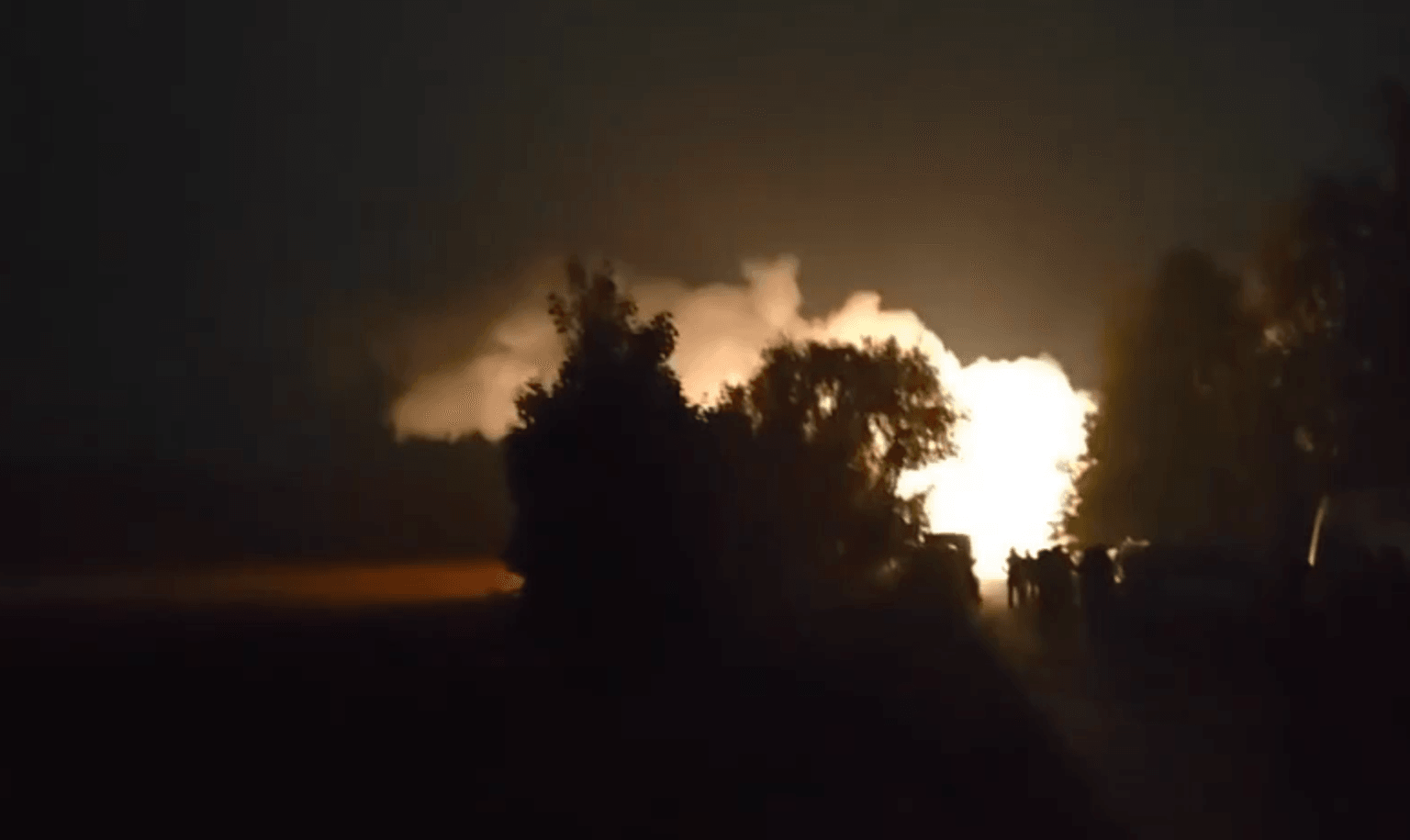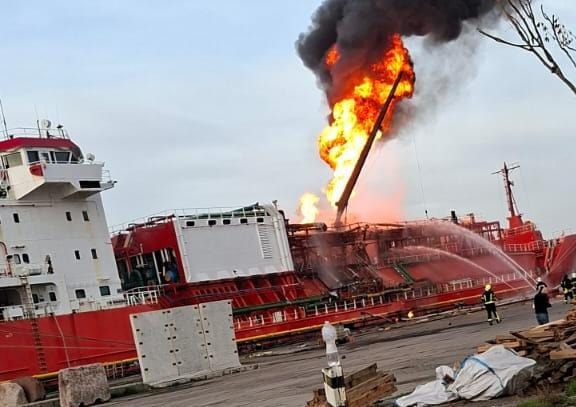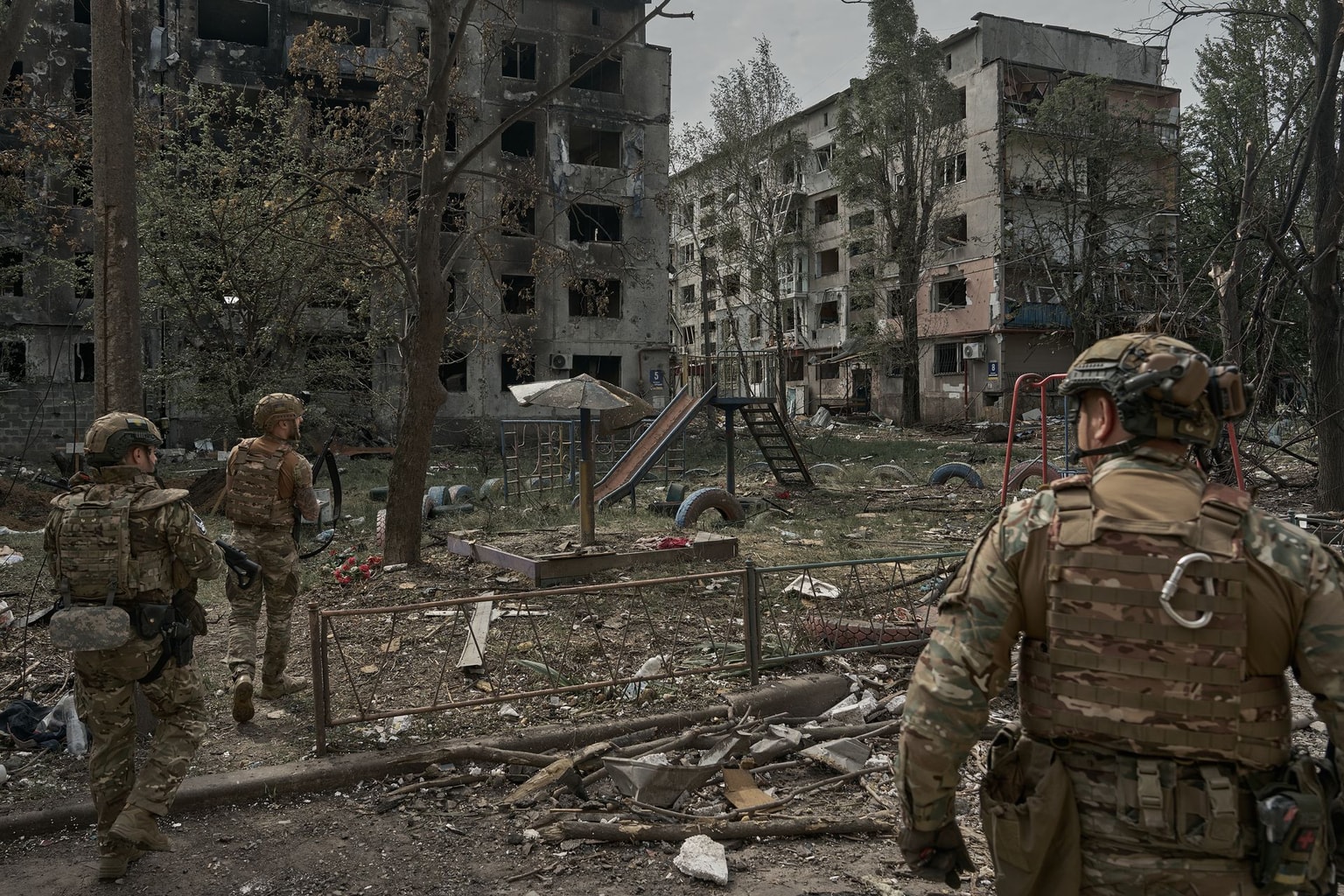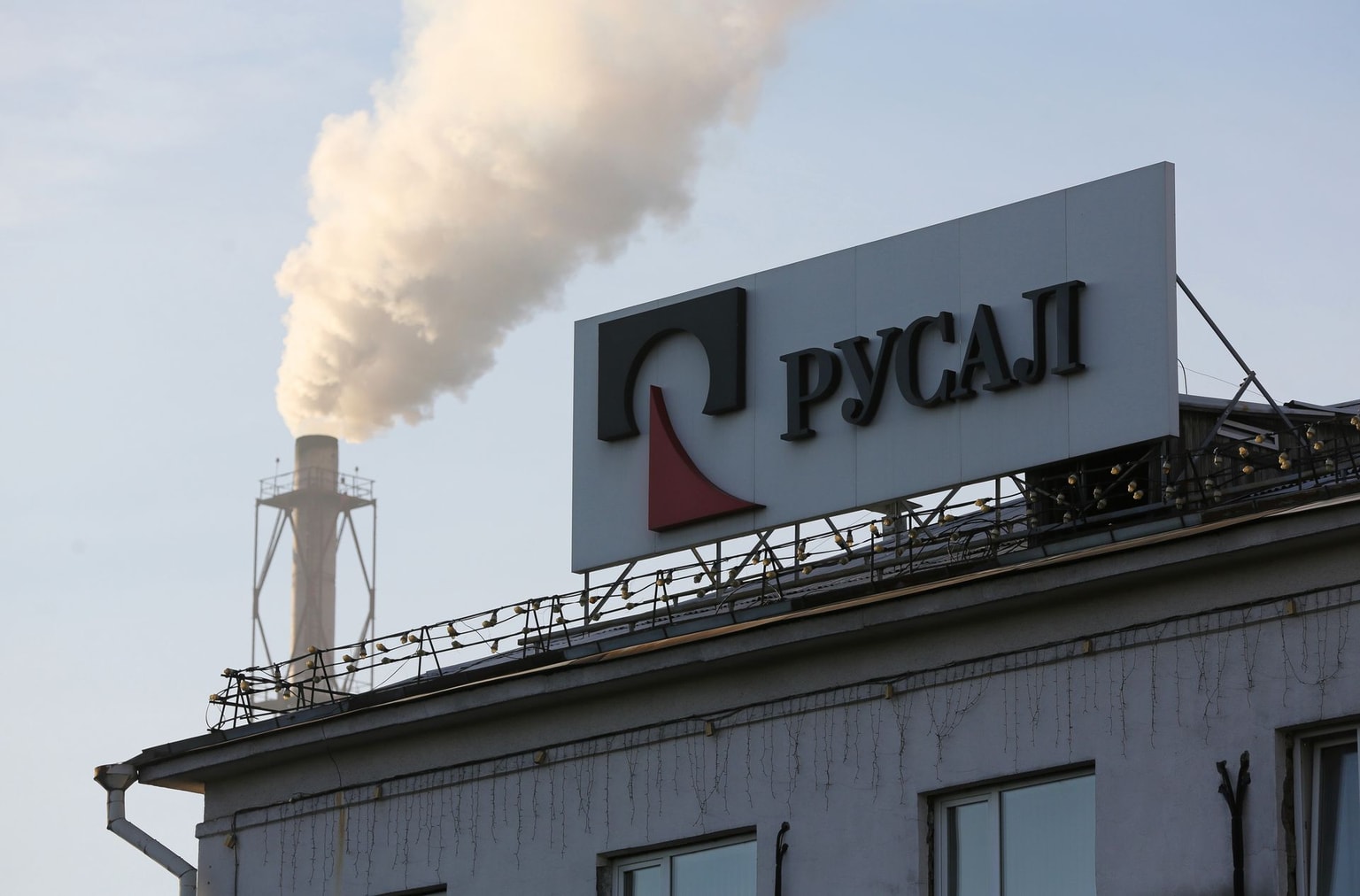Ukrainian troops reportedly face issues with some German weapons

Ukrainian front-line units are struggling with several German-supplied weapons systems due to technical vulnerabilities, limited spare parts availability, and complicated maintenance, the newspaper Spiegel reported on April 10, citing internal German military documents.
The analysis references a January lecture in Delitzsch by the deputy military attache at the German Embassy in Kyiv, attended by around 200 junior Bundeswehr officers.
According to the transcript, while some German systems have earned praise in Ukraine, others have proven ill-suited for the rigors of high-intensity war.
The Panzerhaubitze 2000 self-propelled howitzer, described as "outstanding" in performance, was said to be so technically sensitive that its "suitability for combat is seriously questionable."
The Leopard 1A5, though labeled "reliable," is reportedly deployed more as improvised artillery due to its inadequate armor. Meanwhile, the more advanced Leopard 2A6 often cannot be repaired on the front due to its costly maintenance and logistical demands.
Ukrainian forces have also faced constraints with air defense systems. The IRIS-T, while effective, suffers from limited availability and high ammunition costs.
The U.S.-made Patriot missile system, another critical component of Ukraine's layered air defense supplied mainly by Germany, has reportedly struggled in the field due to aging MAN carrier vehicles, with spare parts increasingly hard to procure.
The Gepard anti-aircraft systems, however, stood out as the most successful German weapon deployed in Ukraine. Decommissioned before the war and reactivated or sourced from abroad, the system was described in the lecture as "the most popular, effective, and reliable" among Ukrainian troops.
Sources within the Bundeswehr acknowledged that the attache's remarks reflect battlefield realities. German weapons, though often technically advanced, were deployed in Ukraine under extreme conditions that have accelerated wear and tear.
Rapid training provided to Ukrainian troops in Germany often left little time for in-depth technical instruction, compounding logistical challenges.
With repair centers far from the front and Ukraine's infrastructure strained, field maintenance has become a serious obstacle. Despite these challenges, Germany remains Ukraine's top military donor in Europe.
As U.S. President Donald Trump continues to advocate for reduced U.S. involvement in European security and explores restoring relations with Russia, Germany's role is expected to expand further.
Germany's incoming chancellor, Friedrich Merz, has already pledged to rearm the country and boost defense spending, including through a 500 billion euros ($544 billion) infrastructure fund to modernize the Bundeswehr.










